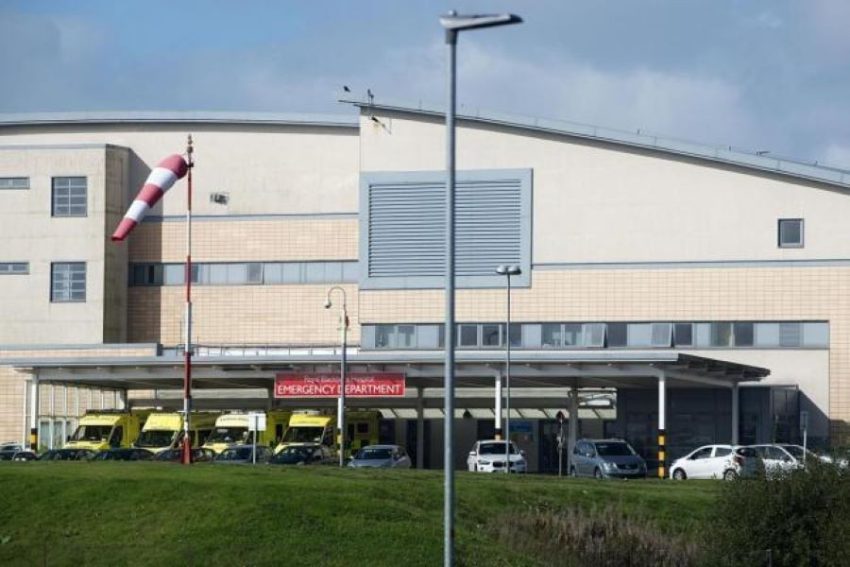Speaking at the Blackburn with Darwen Community Network Conference in May 2023, Lancashire and South Cumbria ICB Chief Executive Kevin Lavery used the example of A&E services to argue that the distribution and configuration of activities across the ICB footprint was not what they would be if NHS managers had a blank slate and could implement an ideal model. Though he did not explicitly say so, the implication was not that there was a shortage of A&E departments, but that there were too many of them. This interpretation would fit the organisational spirit that seems to inform much of NHS planning – that the key to improvement is consolidation and concentration; big, centralised units with all the modern technology – with patients then encouraged to refer more often to a surrounding network of NHS111 and smaller Urgent Care centres.
The daily experience of the public, however, seems to be one in which there is intense and increasing pressure on what A&E departments are actually available.
In reporting the death of two people at RBH A&E, apparently before they were assessed, the Lancashire Telegraph wrote: “In the section on the Corporate Risk Register it reads: “We continue to see increased overcrowding in the Emergency Department (ED) with 30 patients on average on the ED corridor, 14 patients in resuscitation, and 24 patients on the main hospital corridor. The service has had two deaths in the ED; one bathroom collapse and one on the corridor linked to poor care.” Chief Executive Martin Hodgson was quoted as saying “The A&E at Royal Blackburn is one of the busiest emergency departments in England and we are regularly breaking records for the number of people who come in for treatment each week, and this includes a lot of very poorly people who need to be admitted for further care”.
In January, Sharon Gilligan, Chief Operating Officer and Deputy Chief Executive said: “many patients are having to wait over 12 hours which is not what any of us want.”
A&E remains a point of contention at other sites across the Lancashire and South Cumbria ICB footprint. Full services have never been restored at Chorley, and Jerry Hawker, senior responsible officer for the Lancashire and South Cumbria New Hospitals Programme, told Lancashire County Council last July that it was “too early to answer” what would happen specifically to the part-time A&E facility at Chorley once the new Royal Preston opens in the mid-2030s.
In light of these issues the May meeting of Blackburn and District Trades Union Council decided to write to Mr Lavery (see below) to raise concerns about the pressure being faced by A&E services, and to argue for an increase in capacity and provision.
The Trades Council also discussed the announcement by Marks and Spencer that they intended to close their store on King William Street and establish instead an “out of town” location. Concern was expressed at the implications of this decision for the health of Blackburn town centre, and it was decided to write to the Company to ask them to reconsider.
It was noted that town centre office occupancy also appeared to be falling rather than increasing: the town hall tower stands almost empty, we are not aware of any activity at Cardwell Place and the Capita building is largely unoccupied. Whilst this may reflect changing office use practices the same trends do not show everywhere. A “CoStar” report on 28th March said that Preston’s office leasing market was at a 6 year high; leasing volumes amounted to 129,000 sq ft last year, the highest level since 2017 and 23 per cent above the 10-year annual average of 105,000 sq ft.
News had also been received that board of the AIM-listed Accrol Group had recommended approval of a £127.5m offer by a Portuguese Company, Navigator Paper. Lancashire Business View had reported that: “The Navigator Company is ranked seventh worldwide in capacity of production of fine printing and writing paper, processing more than 1.6 million tonnes of paper per year. It moved into the tissue market in 2014, and expects Accrol to account for around 50 per cent of Navigator’s total tissue turnover”. The implication appeared to be that production will continue at the Blackburn plant, but it was decided to write to Navigator to urge them to confirm that this would be the case. We received no direct reply, but subsequent material issued by Navigator did seem to confirm that production would remain in Blackburn.
You can read the letter sent to Mr Lavery here:

